Start by looking closely—but then let’s talk about scale, composition, space, form, line, color, tone, and more.
Read Now >Chapter 2
Introduction: Close looking and approaches to art (2 of 2)
In the first part of this introduction to art history, you had a chance to learn about what art historians do. Part 1 also introduced you to some important issues in the field of art history today. Here, in part 2 of the introduction, you will learn more about some approaches to looking at and analyzing art.
Learning to look closely
Let’s look at Joaquín Torres-García’s América Invertida (Inverted America)—how would you describe its form, composition, line, color, texture, light, and treatment of space? How would you analyze the choices he made? What meaning do they have?
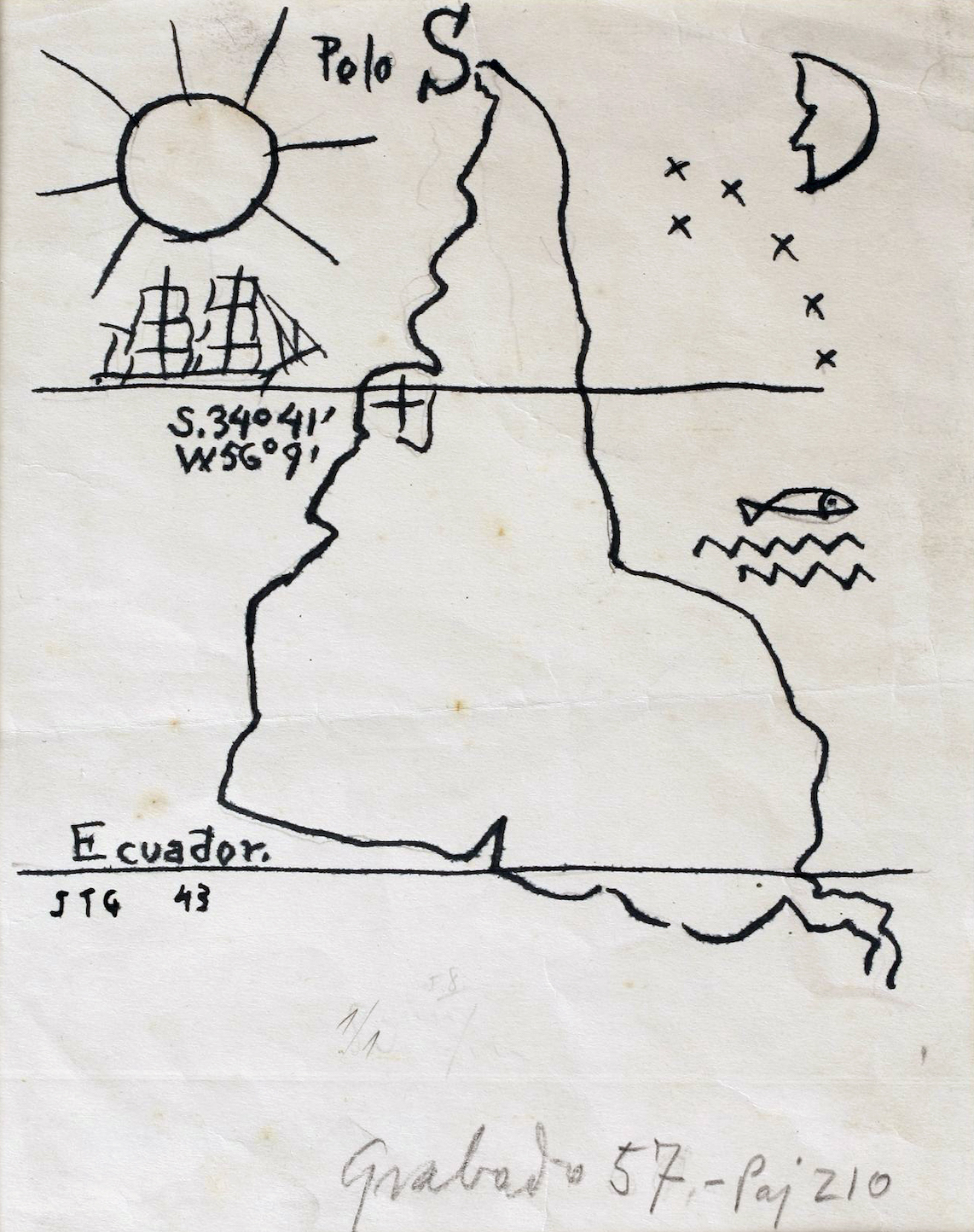
Joaquin Torres García, América Invertida (Inverted America), 1943, ink on paper, 22 x 16 cm (Fundación Torres García, Montevideo)
If you are struggling to answer these questions, take heart! The skill of describing what you see and analyzing an artwork’s form—what is often called a visual or formal analysis—can be challenging. It requires time and practice to do it well, and also involves learning new terms. You read a brief introduction to it in part 1 of the introduction, but this section introduces you to this process in more detail. Formal analysis is an important skill to develop as you learn about the histories of art, and it gets you to look closely at an artwork. To analyze an artwork’s form, you first have to engage in close looking, finding words to describe what you see—imagine you have to describe to a friend over the phone what you are seeing so that they could identify the artwork if they were to one day encounter it. Once you can describe something in detail, you are then better equipped to consider why or how the artist’s choices are meaningful (so not just what is represented, but why it is represented that way).
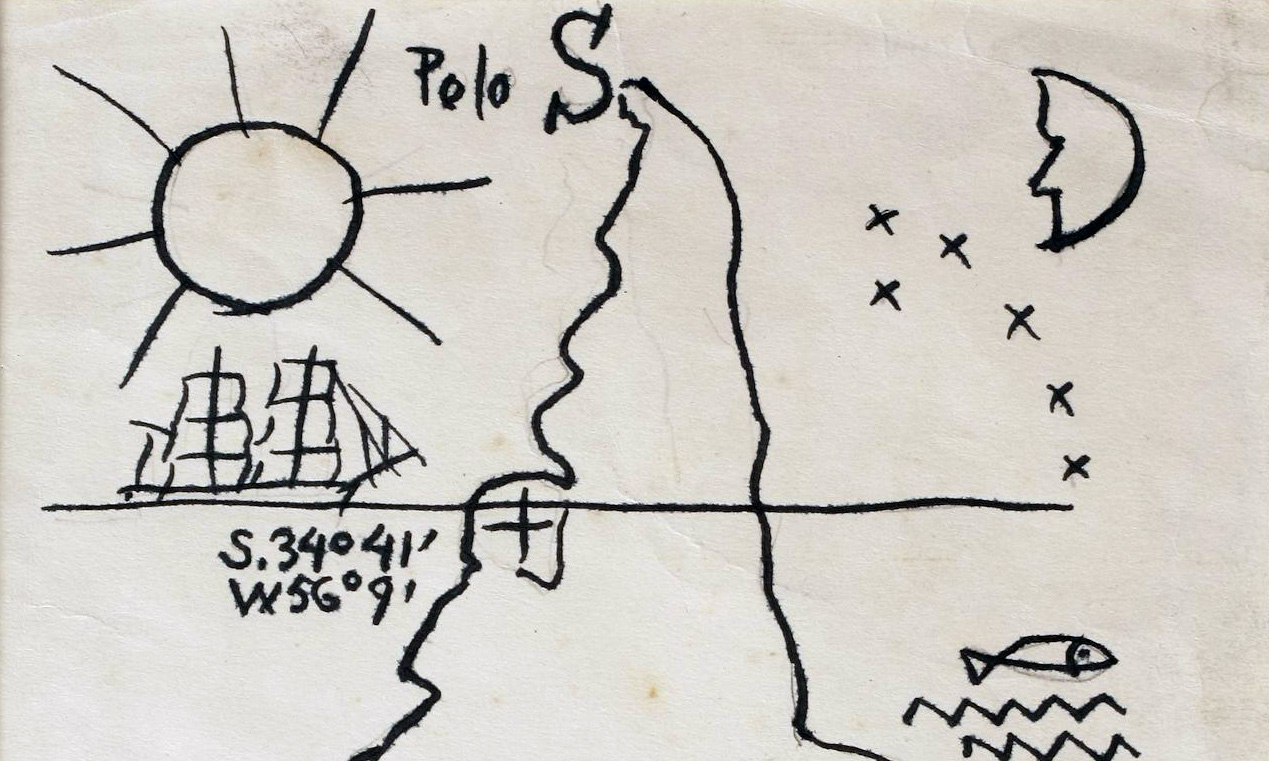
Joaquin Torres García, América Invertida (Inverted America) (detail), 1943, ink on paper, 22 x 16 cm (Fundación Torres García, Montevideo)
Torres-García positions an outline of Uruguay almost directly in the center of his map, with a line crossing through it, a + marking it, a ship angled toward it, and even numbers (coordinates) and a sun clustered near it—all of these are helping to draw our eye to the center of the map. The way that Torres-García composed his map visually reinforces his conceptual idea to position South America, and here Uruguay in particular, as the focal point of the map.
Spending time doing deep looking might surprise you, and initially might even seem odd or pointless, but as you look you will notice things that you might not otherwise in quick passing. Did you know that the average museum goer spends less than 10 seconds looking at an object? Try to look at a single object for 15 minutes, perhaps sketching it or taking notes about what you observe.
Like any approach, visual analysis has its limitations, but is useful when combined with other methods to analyze and talk about art, and it is a starting point for most art historians. To learn how to do a visual analysis—of both painting and sculpture—watch the two videos here.
Essays and videos to help you learn "close looking"
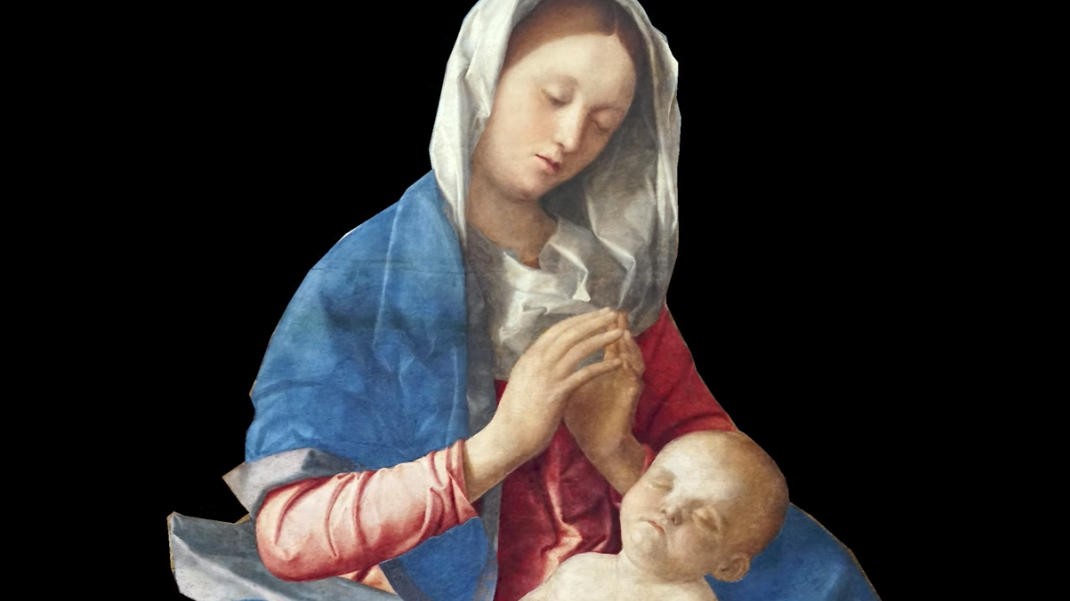
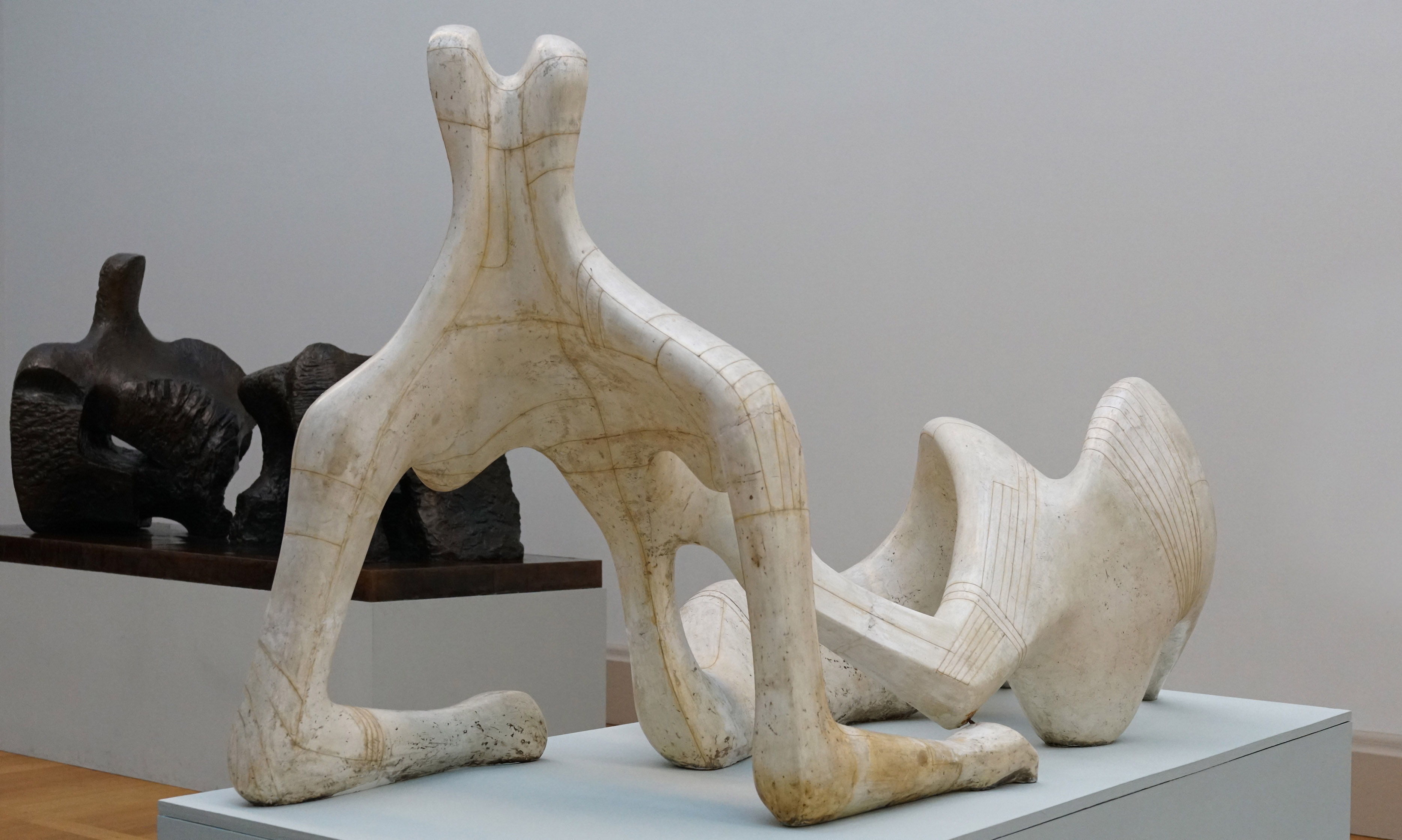
/2 Completed
Scale, composition, space, form, line, color, tone, balance, symmetry—your head is likely swimming with a lot of new terms. Learning the language of formal description and analysis takes time, and the more you can practice the easier it will become. In the following short essays, you will learn in more detail about some of these important elements of art and principles of composition.
Short essays about the elements of art and the principles of composition


Color: Artists can use colors for many reasons, including setting moods and highlighting importance.
Read Now >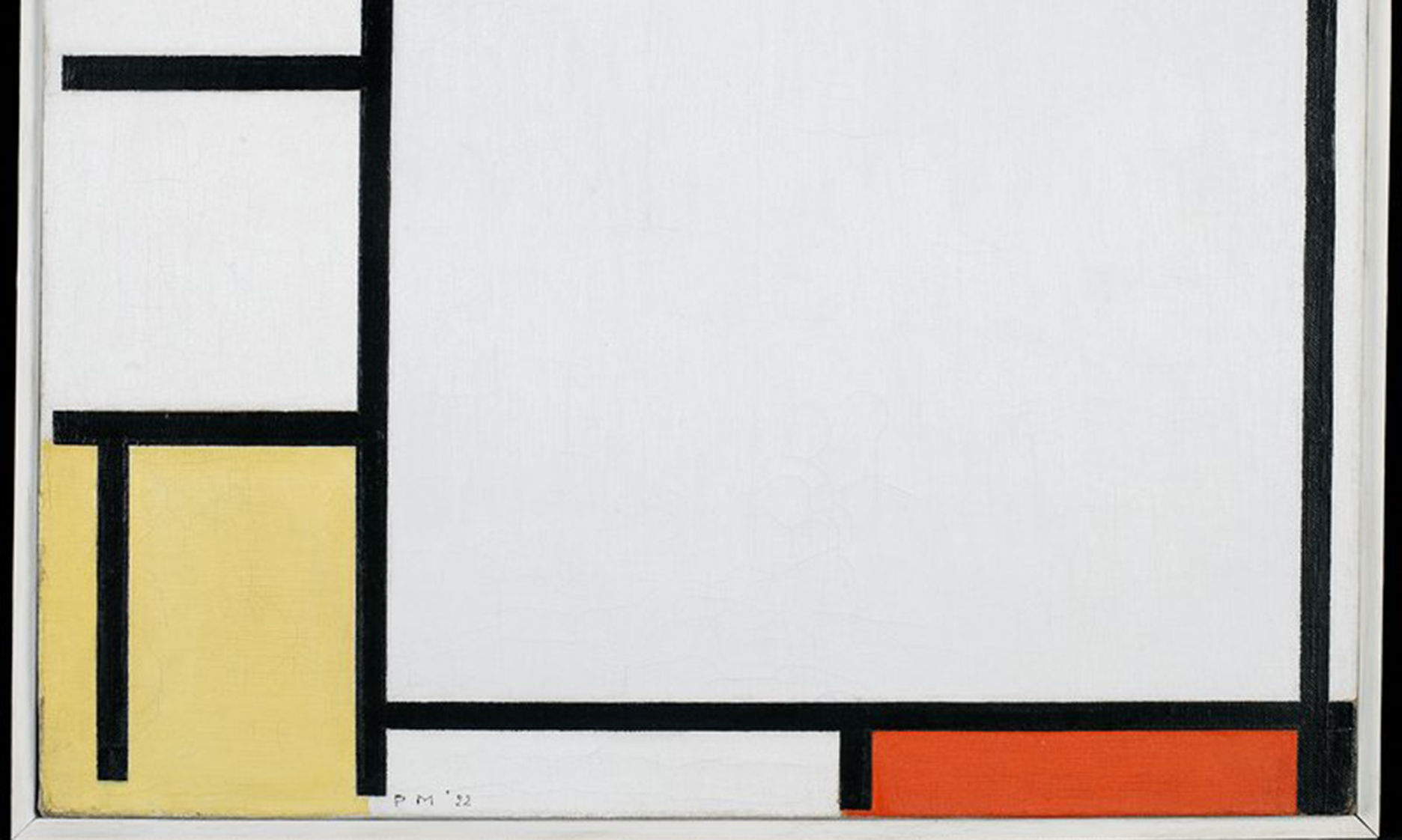

Balancing the elements in a work of art: symmetry, asymmetry, radial symmetry, and emphasis.
Read Now >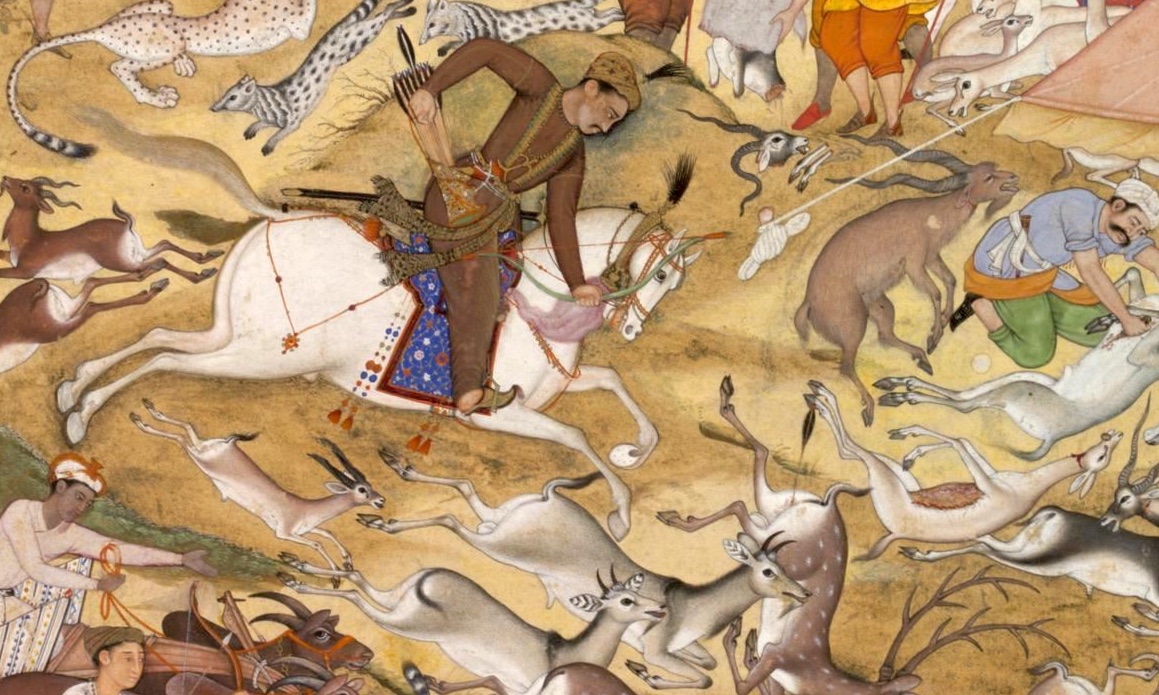
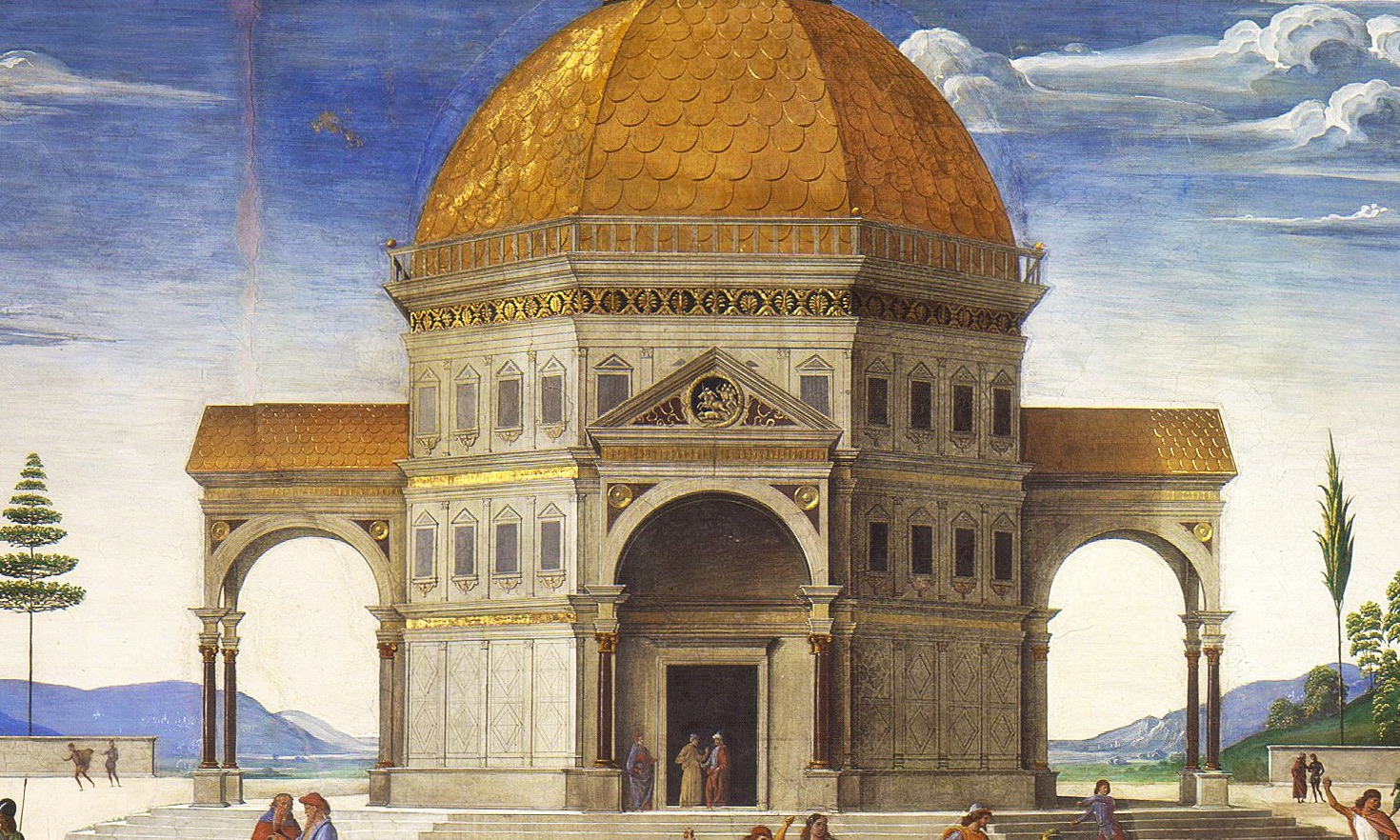
Proportion: the relationship of parts of a body or form to one another and of the parts to the whole.
Read Now >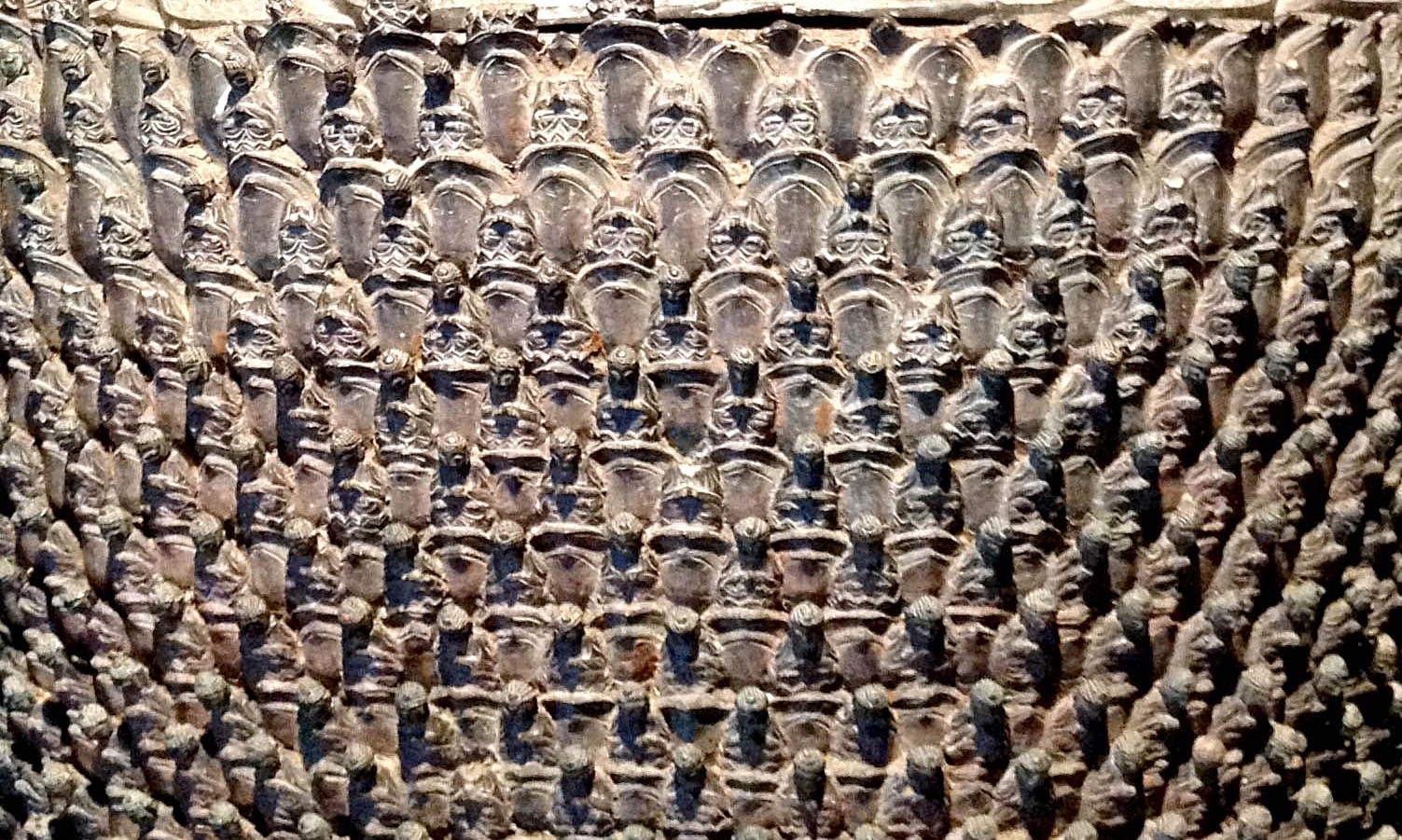
/7 Completed
Learning to identify the subject matter: iconography
Analyzing the formal qualities of an artwork is only one approach to understanding it. Another method used to analyze art is called the iconographic approach, which attempts to identify and understand the subject matter, symbols, and motifs in an artwork. With this approach, formal qualities are not entirely overlooked but they are not the main conveyors of meaning. Let’s turn briefly to an example:
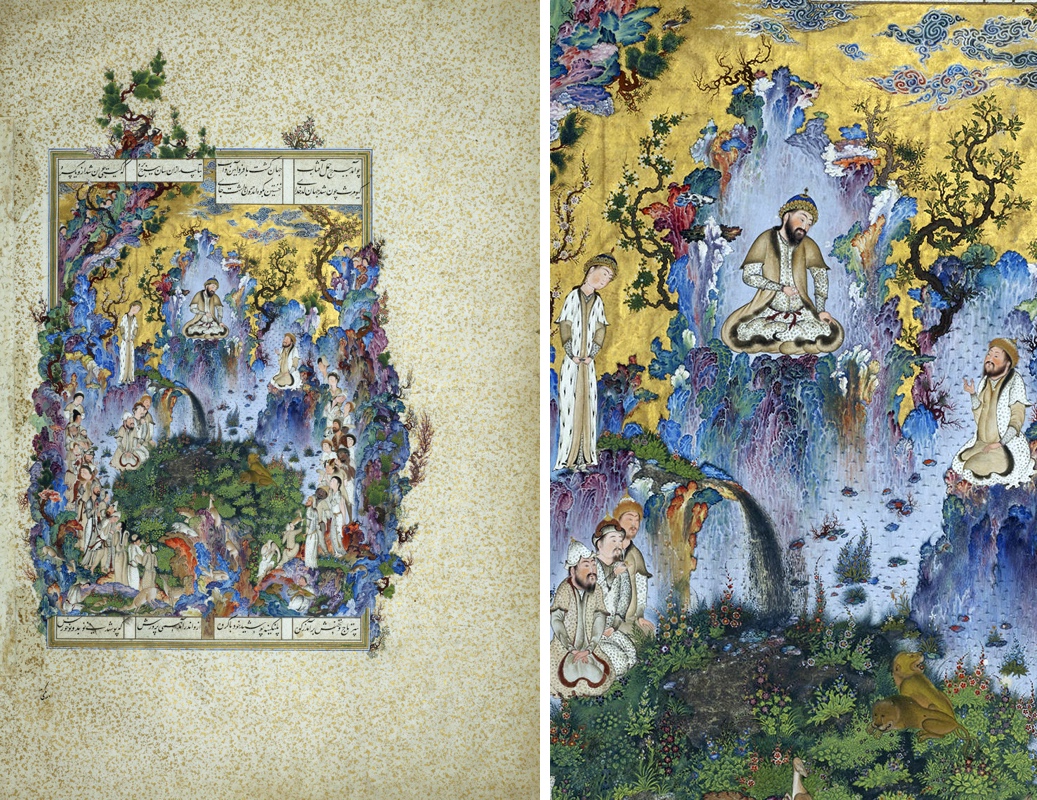
Are you able to identify these figures and scene? If you can, how are you able to identify them? What motifs or symbols appear in the painting that help you to make sense of what you are seeing? Or perhaps you cannot identify anything—this might be because you are not enmeshed in a specific culture and do not understand the specific cultural references. To learn more about the steps art historians take to identify and interpret the subject matter of an artwork you will read an introduction to iconographic analysis.
(Hover over this text to reveal what the subject of the image above is).
An essay about iconography
How do art historians determine the meanings of symbols and identify subject matter? Learn more with this brief introduction to the iconographic approach.
Read Now >/1 Completed
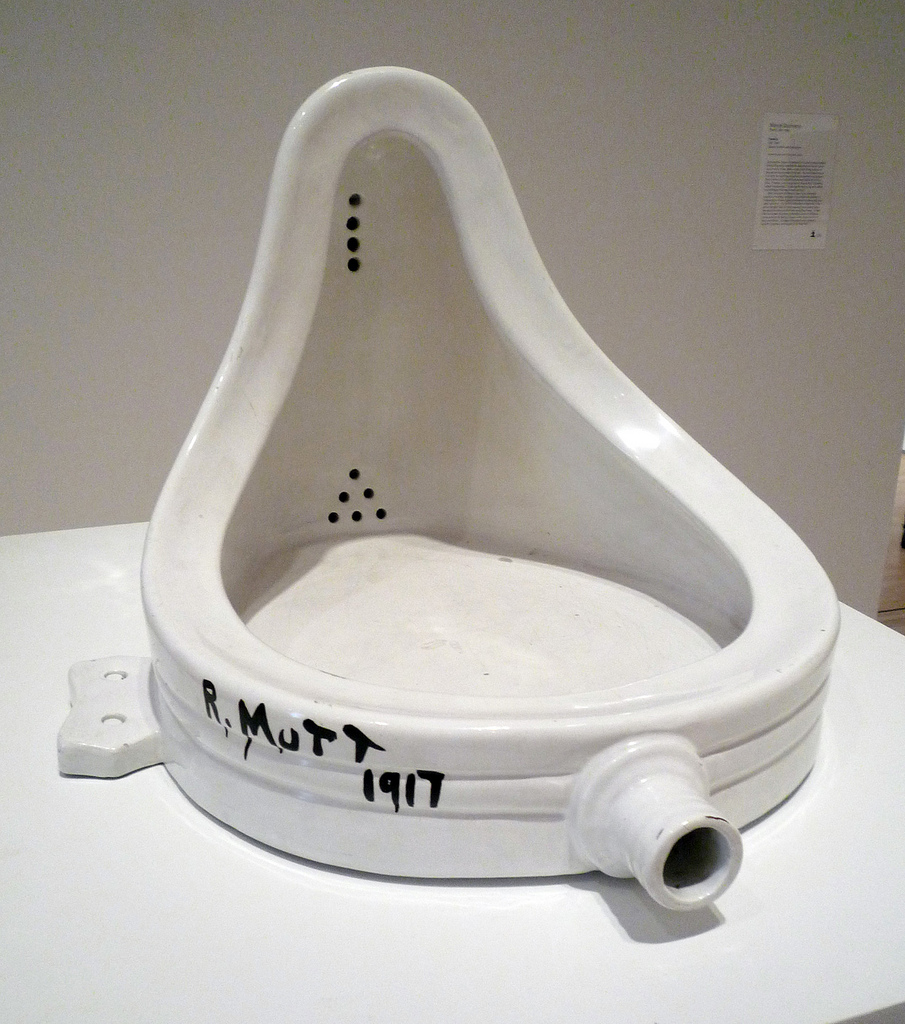
Marcel Duchamp, Fountain, 1917/1964, glazed ceramic with black paint (San Francisco Museum of Modern Art)
Now that you’ve learned more about the iconographic method, do you think we can use it to help us understand Marcel Duchamp’s Fountain?
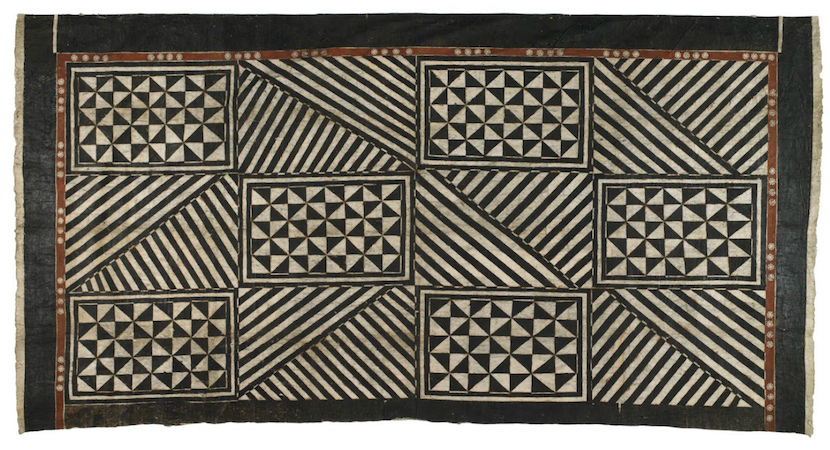
Masi (tapa cloth), likely used as a room divider, Fiji, date unknown, 300 x 428 cm (Te Papa, New Zealand)
What about a masi (tapa cloth) from Fiji?
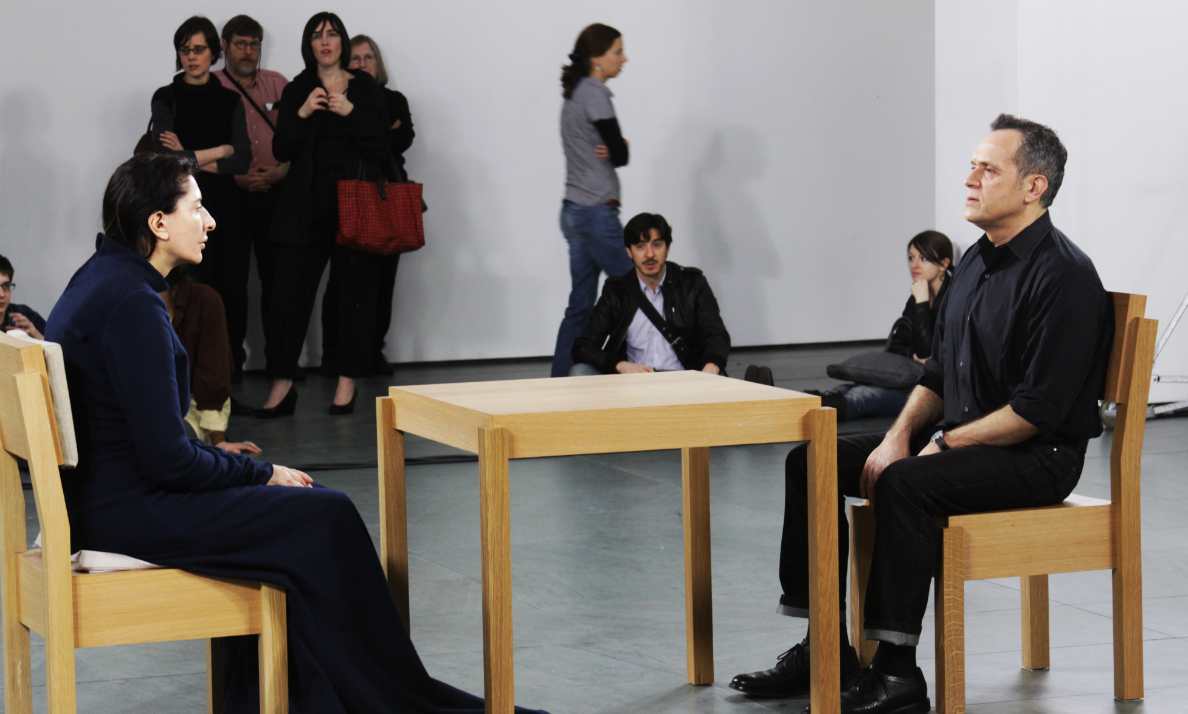
Marina Abramović at The Artist is Present performance at The Museum of Modern Art, 2010 (photo: Shelby Lessig, CC BY-SA 3.0)
Can we use formal (visual) analysis or the iconographic approach to analyze performance art, such as Marina Abramovic’s The Artist is Present, in which she sat silently at a table and locked eyes with people as they took turns sitting in another chair staring back at her? As you learn more about art history from this book and your classes, you will feel more empowered to answer these questions!
More than meets the eye
Besides analyzing the form of an artwork or its subject matter, there are other aspects of an artwork’s makeup or production that we can begin to think about. Here are some other questions to consider as you examine art and architecture:
- Who paid for it and why?
- How did something function after it was created, and has that function changed over time?
- How is it informed by what was happening politically, religiously, or economically at the time?
- Where was it displayed?
- Was it part of a larger work originally?
- What materials is it made of, and where do they come from?
- Is a building, object, or monument still in its original location, and if not, why was it moved?
Attempting to answer these types of questions can tell us about gender and power dynamics, networks of interactions, religious beliefs, new technologies, ecological concerns, and so much more!
Thinking about primary sources
Imagine that you are standing in front of Juan Martínez Montañés and Francisco Pacheco’s polychromed wooden sculpture of Christ of Clemency in the Cathedral of Seville, Spain. You might be struck by the intense naturalism of Christ’s body carved in wood by Martínez Montañés and painted by Pacheco.
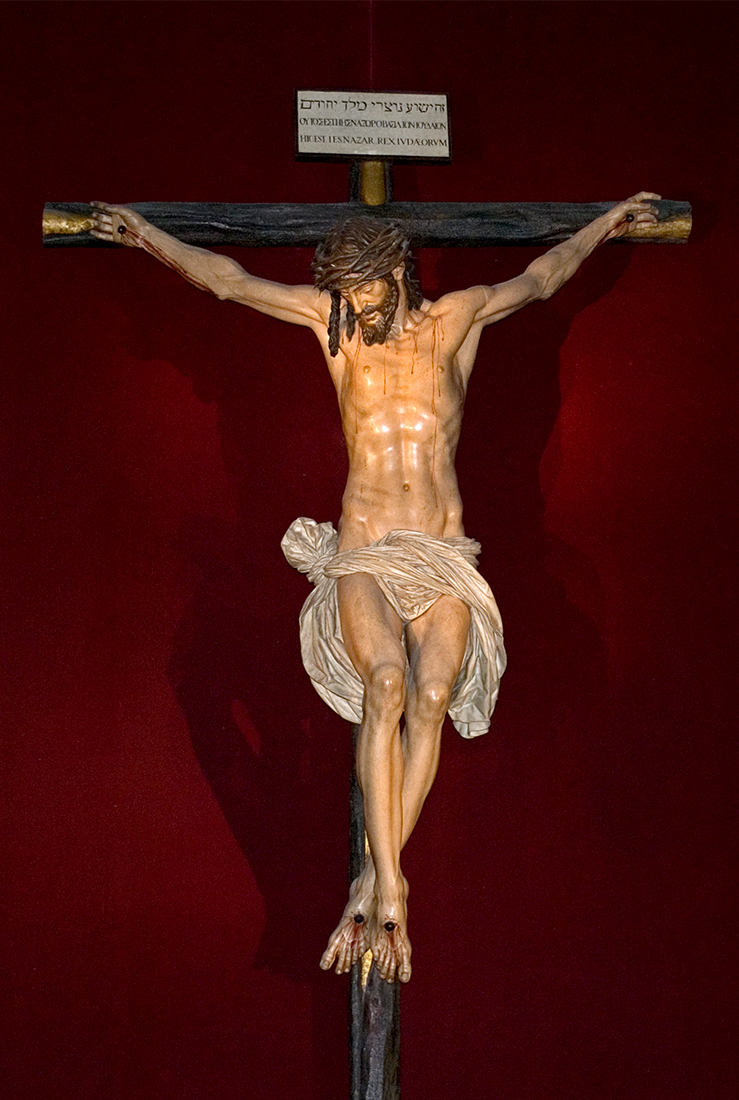
Juan Martínez Montañés and Francisco Pacheco, Christ of Clemency, c. 1603–05, polychromed wood (Seville Cathedral)
Now that you know more about how to visually analyze and use the iconographic method, you could use those approaches to understand this sculpture better. But what if you also had a document that told you what the patron (the person who commissioned the sculpture) wanted the sculpture to look like and why? Would this add another layer to our understanding? It turns out that we do have such a document, and it tell us what the patron stipulated the sculpture’s appearance:
The Lord Christ crucified must be [portrayed] alive, before having expired, with his head inclined to the right side, looking toward whatever person might be praying at his feet, as though Christ himself were speaking to him or her, and as though complaining that what he is suffering is for the sake of the one praying. And so the eyes and face of Christ should have a certain severity, and the eyes should be completely open.
Primary textual sources, or original documents that were produced during the time period you are studying such as this one about the Christ of Clemency, are another important source of information for art historians. They can help art historians determine the reasons for a patron’s commission, why an artwork looks the way it does, how an artwork relates to broader trends and ideas of a time period, and much more. Not all cultures throughout time created written textual sources though—for any number of reasons—so the use of primary source texts is not always possible. The following essay about empress Theodora addresses another issue that is important to consider when using primary sources: how do we determine whether a source is reliable and accurate?
An essay about primary sources
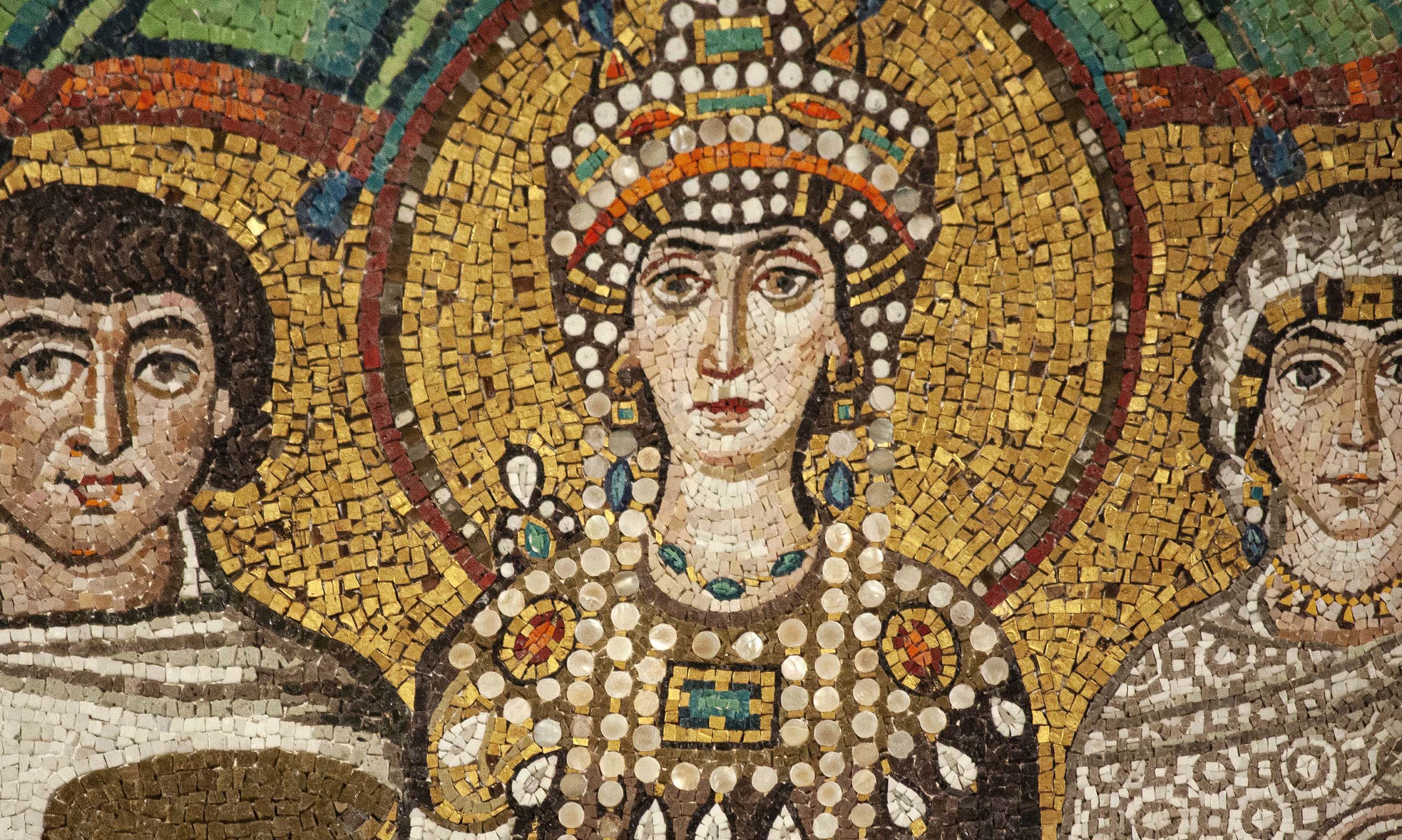
/1 Completed
Common questions about dates and how to read a caption
To end this introductory chapter, let’s briefly consider how we mark time using dates and what information we can glean from captions.
Dates
Cultures across the world throughout time have used different systems to mark time, so it is important to have a basic familiarity with what we mean when we say something was made in AD 1270, 1270 C.E., or even c. 1270 C.E.
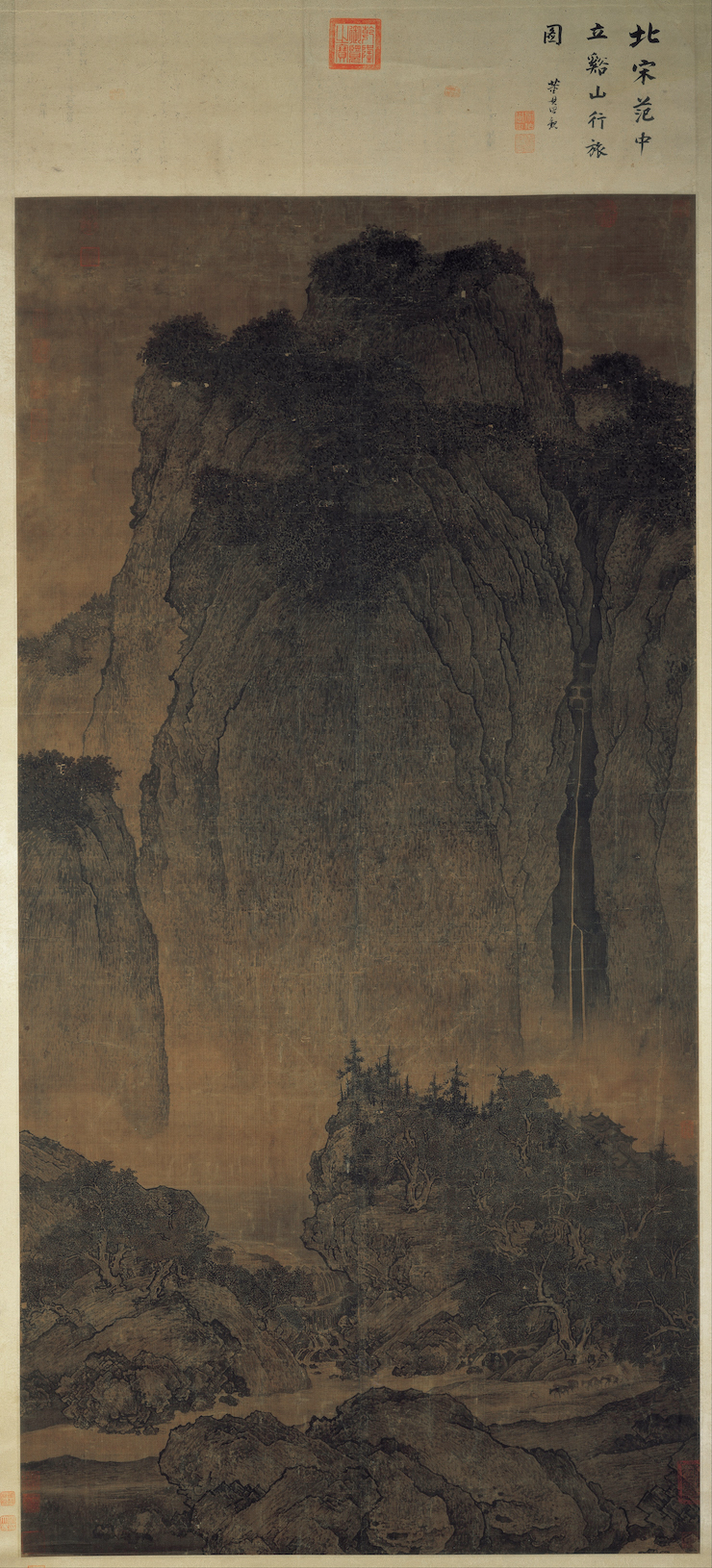
Fan Kuan, Travelers by Streams and Mountains, ink on silk hanging scroll, c. 1000, 206.3 x 103.3 cm (National Palace Museum, Taipei)
We might even mark time using several different systems at once, such as when we note that Fan Kuan’s Travelers by Streams and Mountains was made c. 1000 C.E. in the Song dynasty (which lasted 960–1279 C.E.). Likewise, you might also see different methods of marking time. The Islamic Hijri calendar marks time differently. 2021 C.E. in the western Gregorian calendar is actually Safar 1443 on the Hijri calendar because Muslims mark the beginning of the calendar with what corresponds to the year 622 C.E. It is an important reminder that religions or cultures may think about and mark time differently.
An essay about dates
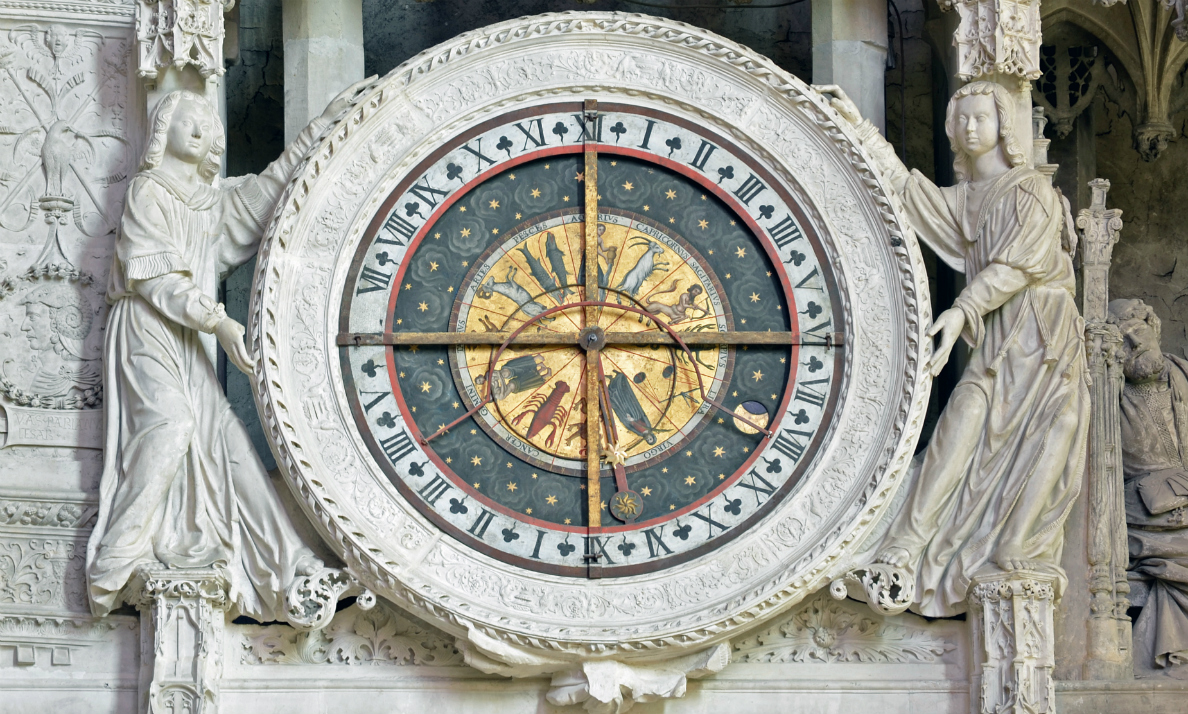
Where to begin with dates? Depending on the calendar, it all starts with something different.
Read Now >/1 Completed
Captions
Now that you’ve made it to the end of this chapter you’ve encountered a number of image captions, so let’s take a look at what all that information means, and how it can help you to study and research art.
Take a look at the image and its caption:
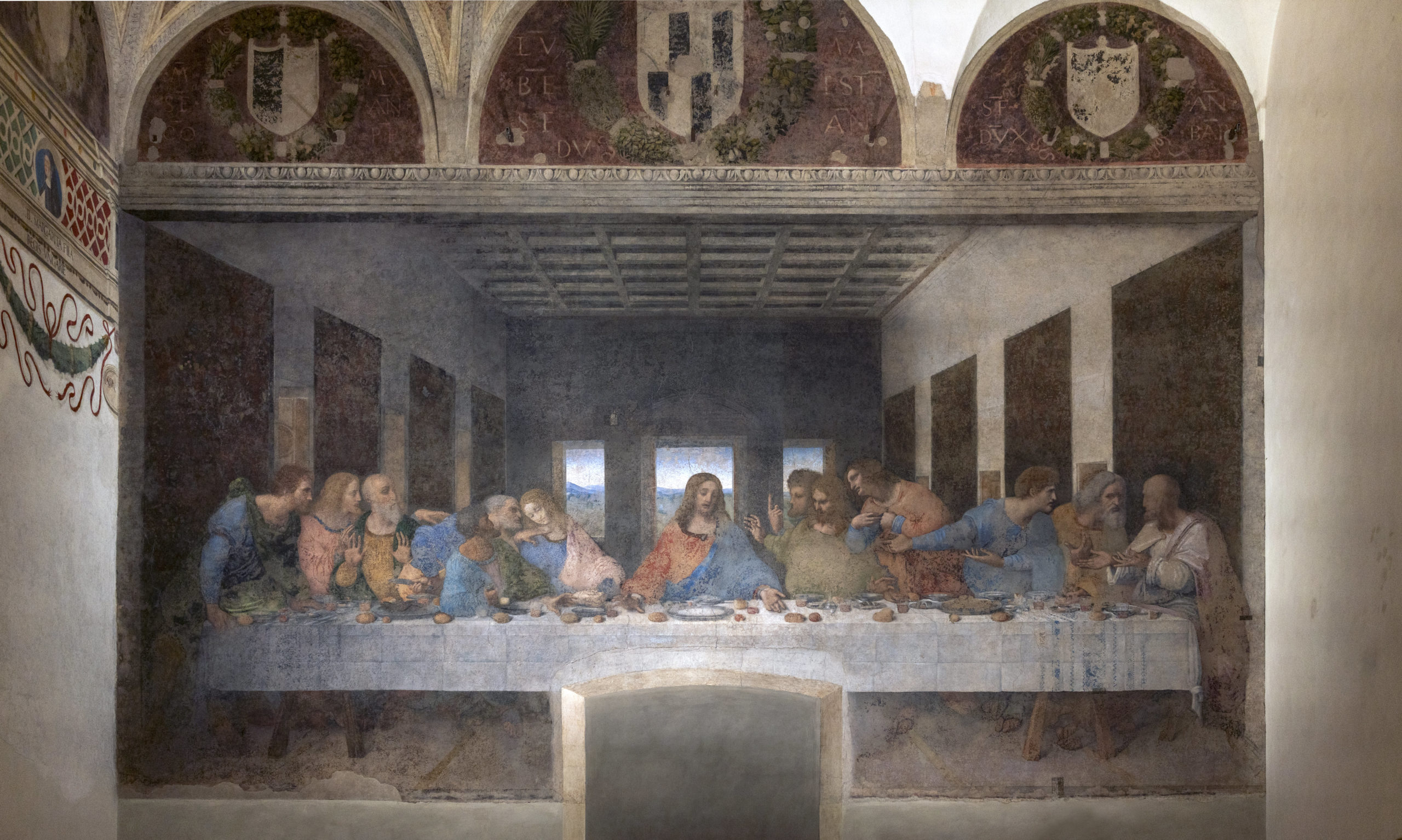
Leonardo da Vinci, Last Supper, 1498, tempera and oil on plaster (Santa Maria della Grazie, Milan; photo: public domain or CC0)
Here is what this all means:
- Artist: Leonardo da Vinci—this tells us who made the work of art
- Title: Last Supper—this is what people call the work of art
- Date: 1498—when the work of art was made.
- Medium (materials): tempera and oil on plaster—what the work of art is made of
- Location: Santa Maria della Grazie, Milan—the current location of a work of art, which sometimes is a museum
- Photo credit: public domain. You might see other types of licenses here, such as Creative Commons licenses (CC). This lets you know what license the photographer has put on their photograph and how you can use it.
I hope this introduction has enticed you to learn more about the histories of art—and why they matter. Let’s dive into some chapters!
This chapter benefitted from the critical insight and feedback from Sarahh Scher, Maya Jiménez, Heather Graham, Olivia Chiang, Rachel Zimmerman, Laura Tillery, Jeffrey Becker, Beth Harris, and Steven Zucker.
Key questions to guide your reading
What does close looking entail? What is the difference between formal description and formal analysis?
What are some basic approaches to analyzing art?
In what ways can primary textual sources be helpful?
Jump down to Terms to KnowWhat does close looking entail? What is the difference between formal description and formal analysis?
What are some basic approaches to analyzing art?
In what ways can primary textual sources be helpful?
Jump down to Terms to KnowTerms to know and use
Learn more
If you haven’t had a chance to read part 1 of the introduction, I recommend beginning there before moving onto specific chapters.
Learn even more about the formal elements of art
Learn more about the Court of the Gayumars
Learn more about Marina Abromovic’s The Artist is Present
Learn more about Duchamp’s Fountain
Learn more about Juan Martínez Montañés and Francisco Pacheco’s Christ of Clemency
Collaborators
This chapter wouldn't exist without all of the wonderful individuals and institutions (listed below) who developed high-quality, thought-provoking open-access materials that I am able to link to in this chapter. And of course the ideas contained within it are ones shaped by many excellent conversations, readings, presentations, and more. Thank you to everyone who helped to shape this introduction (and book!).

